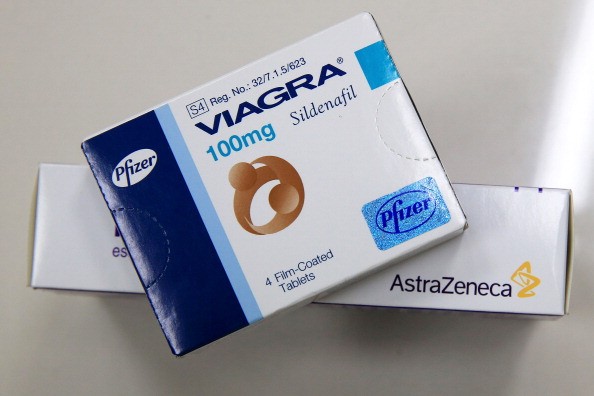
The best drug to treat erectile dysfunction is Viagra, but it is also the one that has the highest rate of side effects, according to a review by European researchers. The researchers found that there is a trade-off between effectiveness and side effects in many of these drugs.
Researchers from Switzerland and the Netherlands analyzed data from more than 150 clinical trials of drugs to treat erectile dysfunction and compared seven drugs for erectile dysfunction. All the drugs are in a class called phosphodiesterase 5 inhibitors, which work by inhibiting an enzyme that may reduce the strength of an erection. The drugs include Viagra, Cialis, Levitra, and Stendra, which are approved in the United States, and Helleva, Mvix, and Zydena, which are approved in other countries, but not the United States.
A 50- or 100-milligram dose of Viagra appears to be the most effective treatment and works about 50% better than a placebo, according to the review. But Viagra has side effects including headaches, flushing, indigestion, and nasal congestion. Smaller doses of Viagra were less effective. Stendra was among the least effective drugs, but was only 20% to 30% more effective than a placebo. However, a 50-milligram dose of Stendra was associated with the lowest rate of side effects. A 20-milligram dose of Levitra had a rate of side effects of 25%, the highest seen. Higher doses of Viagra and Cialis tended to cause side effects between 21% and 22% of the time.
Although these drugs are the first choice when treating erectile dysfunction, they don't work for every man. They are only effective in between 65% and 80% of men.
All erectile dysfunction drugs can cause a drop in blood pressure. They should not be used by men who also take nitrate-based heart medications because the combination can cause a serious drop in blood pressure.

